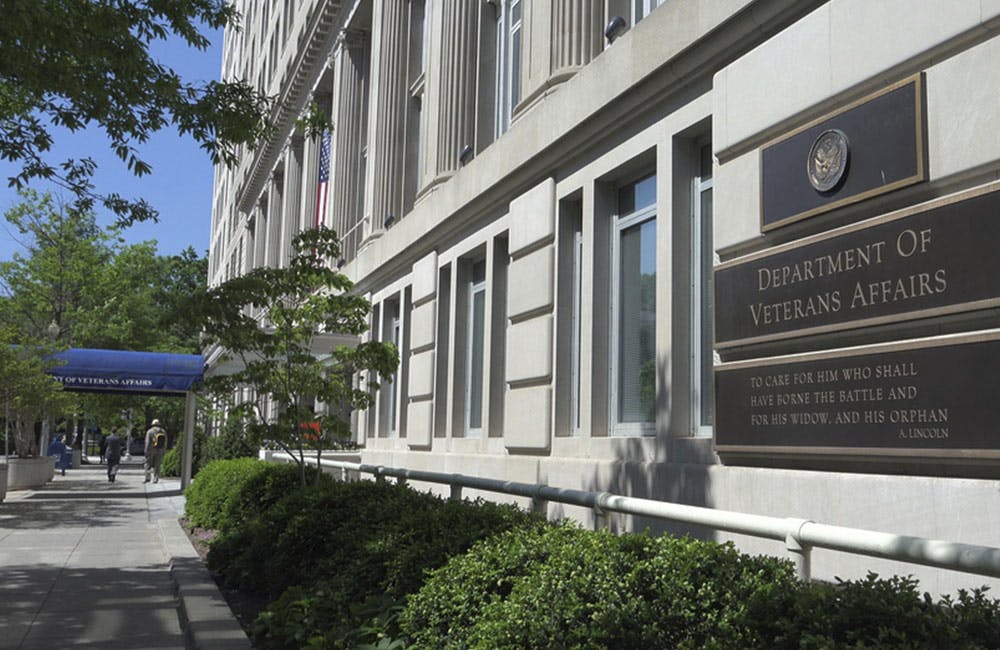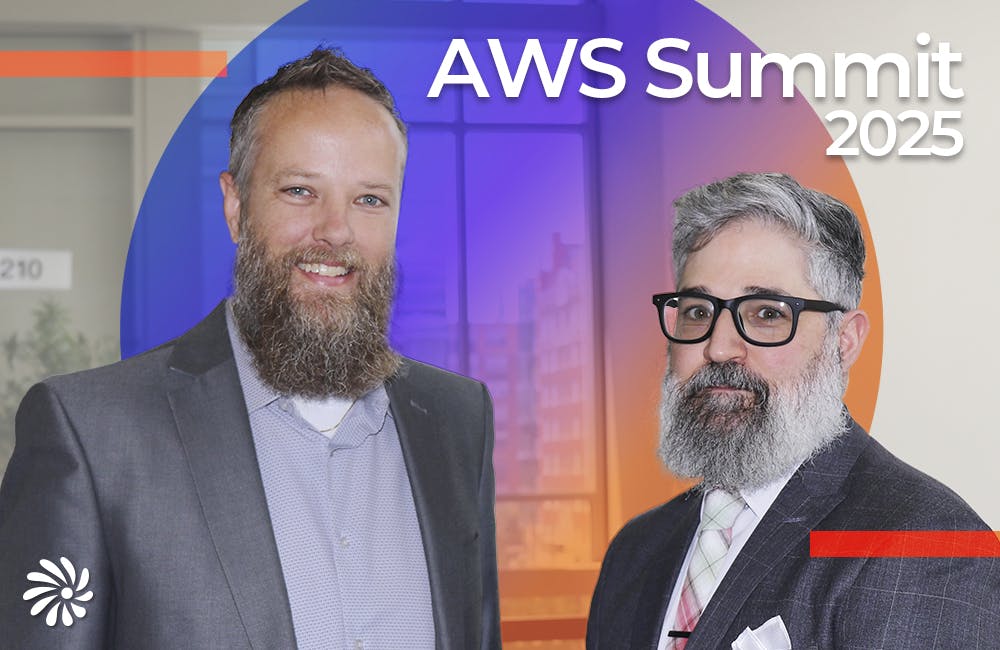SolarWinds Opened the Door for Cybersecurity Culture Overhaul at DHS
DHS and CISA want to lead the federal register and private industry by example.

The Department of Homeland Security (DHS) and especially the Cybersecurity and Infrastructure Security Agency (CISA) are leading the federal cybersecurity conversation by pushing SecDevOps, information-sharing and zero trust following the SolarWinds hack in December 2020.
During an ATARC webinar last week, SolarWinds Vice President of Security Tim Brown credited CISA for assisting SolarWinds every step of the way when they first learned of the software supply chain breach.
“CISA has been a great partner through this,” Brown said. “They’ve been with us from Dec. 12 and 13 when this occurred. We’ve probably had more information-sharing on this event than I’ve ever seen, and that’s very good. More knowledge, and more ways to defend … I think that will continue.”
One of CISA’s goals is to increase information-sharing among federal agencies around cyberattacks and best cybersecurity practices. Bob Kolasky, assistant director of CISA’s National Risk Management Center, said consistent information-sharing can also help prevent cyberattacks.
For example, he said, communicating about contracting agreements with industry partners that could compromise the ICT supply chain and affect other federal agencies can crush threats before they occur.
“One of the things we’ve learned is, and what the National Risk Management Center focuses on, is better understanding of critical software and what has access [to it], like things that aren’t immediately clear to a CEO that have huge consequences to an organization if something happens,” Kolasky said during the webinar. “We call it software supply chain security, but that also means differentiating between the hardware and software to allow you to do critical processes. … You can manage risk at the front end by design or taking less trust into the system, your acquisition decisions or supply chain decisions, and those are the kinds of things we want to be pushing there, which leads to a less risk space and you can also learn to have quicker recognition of things happening.”
Kenneth Bible, CISO at DHS, believes a combination strategy of SecDevOps and zero trust could dramatically boost the cyber posture of a federal agency because they are not products, but actually cultural approaches to cybersecurity.
“It’s a culture, it’s not about the security teams and the development teams, it’s how you bring them together that adds value,” he said during ACT-IAC’s Federal Insights Exchange webinar on cybersecurity last week week.
Bible said federal agencies exploring an Agile approach to development should “begin with the end goal in mind.”
“If your end is to deliver application functionality quickly, then what are you willing to offload from your rucksack and allow somebody else to go manage so you can move quickly at that point?” he said. “How do you maintain a focus on security while maintaining the connective tissue between a development team and an operations team? This is really a conversation about bringing it to the middle with the goal of functionality, delivering to the mission.”
When Bible took over as DHS CISO earlier this year, he stood up an in-house CISO council of all the DHS components’ CISOs to share information regarding best cybersecurity practices throughout the department.
“I took what I referred to as the CISO council and matured that group to take on some initiatives for the department, most notably around SolarWinds and how to assess what to do in the future with respect to SolarWinds as missions were being impacted,” he said. “How we wanted to take that and look at it, working with corporate and industry and make some decisions and recommendations to the CIO, and we were very successful and resulted in some decisions by the CIOs across the organization.”
Now Bible and the DHS components’ CISOs are working together on a new cybersecurity model for DHS.
“It’s really organizing for the fight, not doing the same things, but recognizing where is this field going, and getting ourselves organized for it,” he said.
In Brown’s view, the SolarWinds hack is an opportunity for the industry and the federal government to ramp up cybersecurity efforts and take a hard look at what’s working and what isn’t.
“I think it’s an inflection point for the industry at large,” he said during the ATARC webinar. “We can do better in many different areas, as software providers, how we develop software, ensure it’s correct, go from source code all the way down. I’m a big fan of zero trust, so we’ll use that as well. In my model right now, I trust no one and no things. We’ve done a lot in the last four months to get ready and get things done, and now it’s time for us to really help the industry move forward.”
For DHS and CISA, true change and progress means cultural overhaul — and they want to lead by example.
“Cybersecurity is a culture that’s observed over time,” Bible said during the ACT-IAC webinar. “The real opportunity is, what are the key programs and systems we can actually refactor, reimagine in a modern way?”
This is a carousel with manually rotating slides. Use Next and Previous buttons to navigate or jump to a slide with the slide dots
-

Modernizing Critical Infrastructure in the Face of Global Threats
Officials are expanding the latest strategies in boosting defense infrastructure, including securing satellite communications, upgrading enterprise-wide technology, optimizing data management.
20m watch -

DOD Accelerates Software Modernization with Agile DevSecOps Push
The Pentagon's software implementation plan tackles cultural hurdles and integrates security early to deliver critical capabilities faster.
6m read -

VA's Platform One Powers Rapid Innovation to Bolster Digital Services
VA's Platform One accelerates software development timelines from weeks to hours, ultimately enhancing digital services for veterans.
5m read -

The Next AI Wave Requires Stronger Cyber Defenses, Data Management
IT officials warn of new vulnerabilities posed by AI as agencies continue to leverage the tech to boost operational efficiency.
5m read -

Federal CIOs Push for ROI-Focused Modernization to Advance Mission Goals
CIOs focus on return on investment, data governance and application modernization to drive mission outcomes as agencies adopt new tech tools.
4m read -

DOD Can No Longer Assume Superiority in Digital Warfare, Officials Warn
The DOD must make concerted efforts to address cyber vulnerabilities to maintain the tactical edge, military leaders said at HammerCon 2025.
4m read -

Marine Corps Operation StormBreaker Slashes Software Delivery Timelines by 17x
New program aims to deliver critical digital capabilities to warfighters at the "speed of relevance" by overhauling traditional processes.
4m read -

Tracking CIOs in Trump's Second Term
Stay informed on the latest shifts in federal technology leadership as new CIOs are appointed and President Trump's second term takes shape.
6m read -

Inside Oak Ridge National Lab’s Pioneer Approach to AI
Energy Department’s Oak Ridge National Lab transforms AI vulnerabilities into strategic opportunities for national defense.
22m listen -

Software Factories Accelerate Federal Modernization Outcomes
IT leaders from Nutanix and SAIC explain how software factories streamline tech development, modernize legacy systems and accelerate adoption of emerging technologies like AI.
34m watch -

AWS Summit: Innovation Accelerates IT Delivery at DOD
Marine Corps Community Services is tackling outdated IT processes with agile development and cutting-edge cloud security to deliver mission-critical capabilities faster.
12m watch -

AWS Summit: NIST Secures High-Performance Computing Against Evolving Threats
NIST’s Yang Guo reveals the broad attack surface of high-performance computing and explains developing guidance and future-proofing security strategies.
9m watch
















